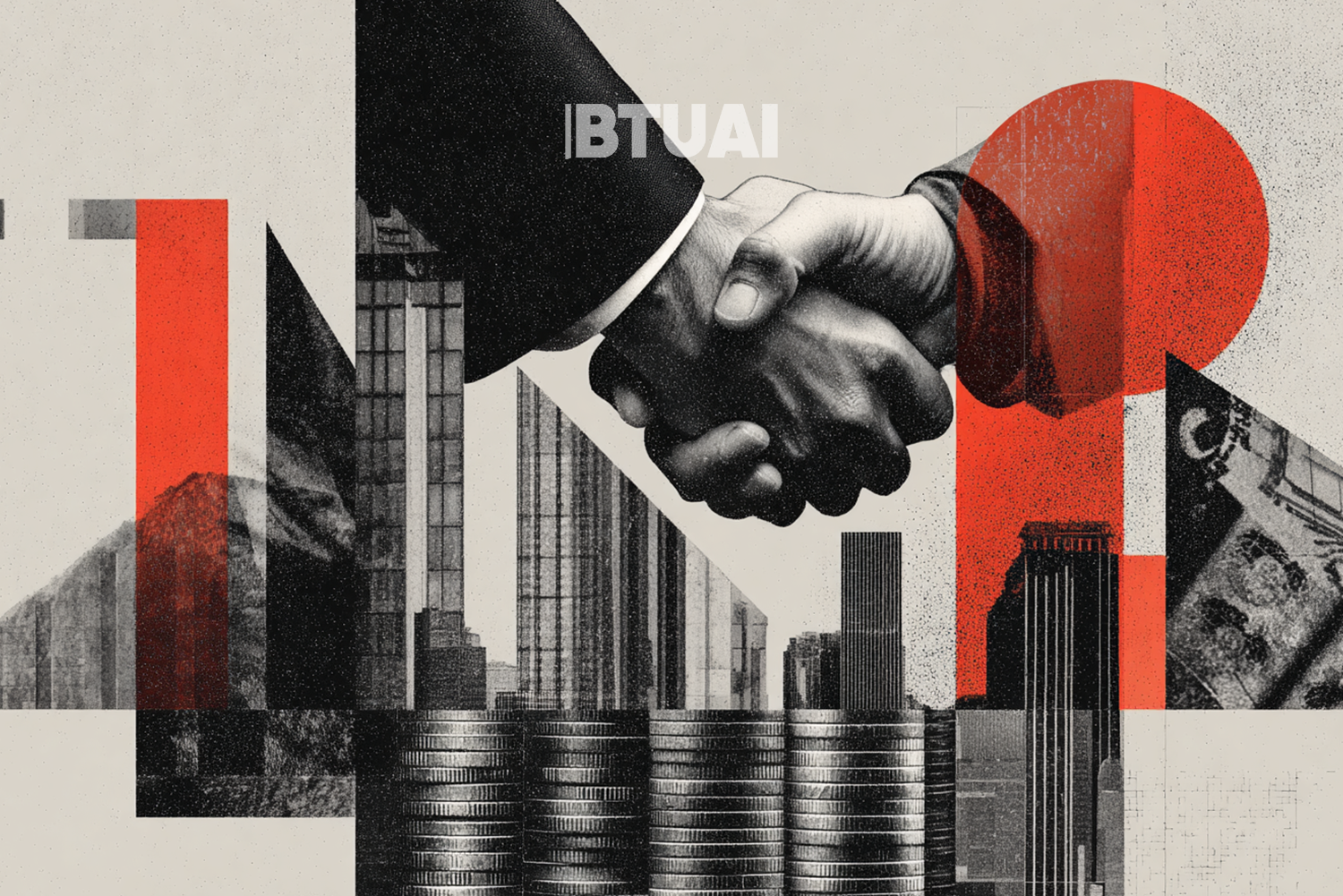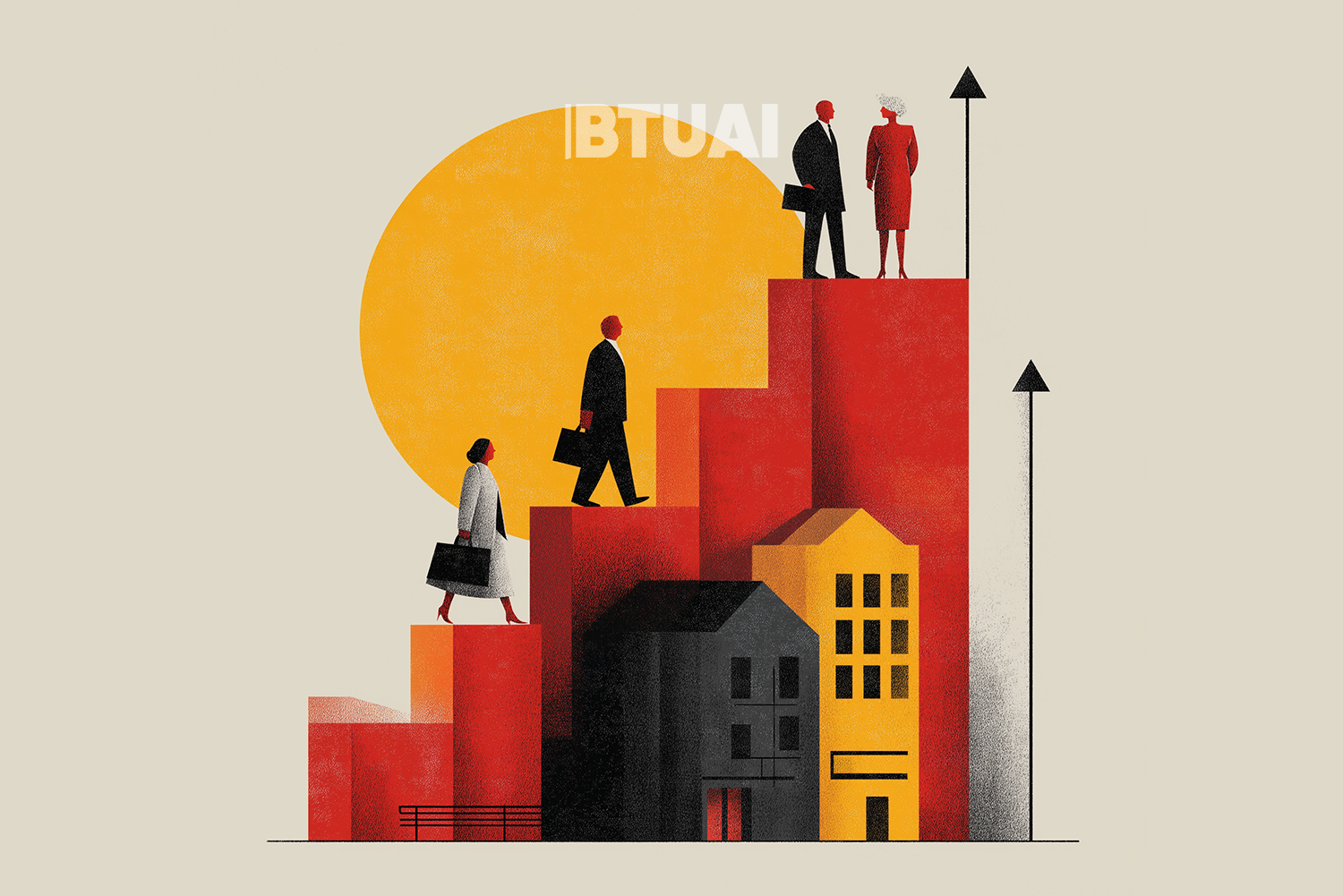Why Are Restaurant Prices Rising Faster Than Other Services?
According to the National Statistics Office of Georgia (Geostat), consumer prices in Georgia have increased by 31% over the

According to the National Statistics Office of Georgia (Geostat), consumer prices in Georgia have increased by 31% over the past five years, but the cost of dining out in restaurants has risen by 53%. This means that restaurant prices are outpacing general inflation and increasing much faster than other goods and services. This trend is not unique to Georgia—restaurant prices have also been rising at a higher rate than overall inflation in the U.S. and Europe. For instance, in the U.S., the cost of dining out increased by more than 40% from 2019 to 2024, surpassing the general inflation rate.
One major factor is rising demand. In recent years, the number of tourists in Georgia’s major cities has grown significantly, providing restaurants with an additional revenue source. Tourists are generally less sensitive to price increases, allowing restaurants to adjust their prices based not only on local purchasing power but also on the spending habits of international visitors. This demand-driven inflation is especially noticeable in tourist hotspots, where mid-range and high-end restaurants are raising prices more aggressively. A similar pattern is evident in Spain, where restaurant prices in Barcelona and Madrid have increased by 45% over the last five years due to the tourism boom, making dining out significantly more expensive for locals.
Another key factor is the sharp rise in operating costs. In recent years, commercial rent prices have surged, especially in central districts of cities like Tbilisi and Batumi. The high demand for real estate and the limited availability of business spaces have pushed rental prices up. A similar issue exists in the UK, where restaurant rental costs in London have increased by more than 30% over the past five years, creating financial challenges for many food businesses.
Labor market shifts are another crucial factor. Wages in the service sector have risen considerably, particularly for chefs and waitstaff. It has become increasingly difficult for restaurant owners to attract and retain qualified staff, forcing them to increase salaries—costs that are inevitably passed on to customers. This trend is also noticeable in Germany, where a post-pandemic labor shortage in restaurants and cafes has driven up wages by an average of 20%, contributing to higher menu prices.
Food prices are also playing a role in the rising cost of dining out. Over the past few years, imported goods and alcoholic beverages have become significantly more expensive, driven by fluctuations in global markets and currency exchange rates. High-end restaurants that rely on premium ingredients have been particularly affected, as the prices of imported goods have increased at a faster rate than domestic products.
As a result, the rising cost of dining out is not driven by a single factor but rather a combination of increased demand, rising operating expenses, labor market shifts, and food price inflation. At this stage, the rapid increase in restaurant prices means that dining out is becoming more expensive for the average consumer. If this trend continues, the market may become more segmented, with high-end restaurants catering primarily to tourists and higher-income locals, while the average consumer shifts toward cheaper alternatives such as fast food or home-cooked meals.




